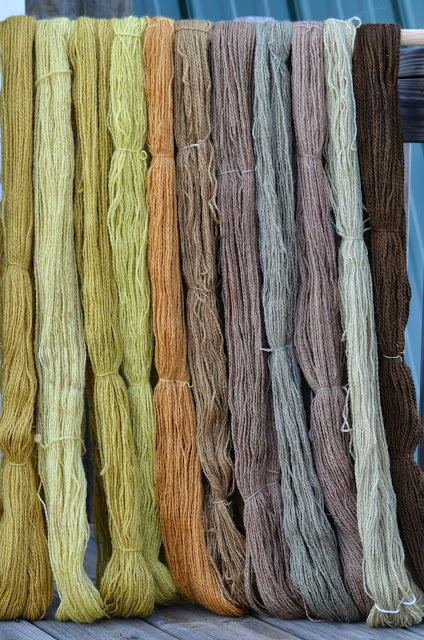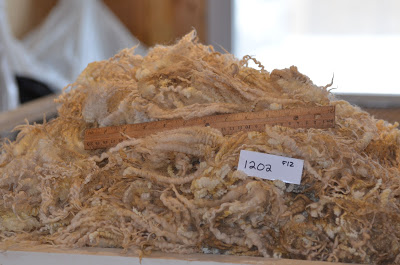Naturally dyeing fiber is always interesting and often unpredictable. When anyone asks us what color we get from a certain plant the usual response is ‘yellow’ … or ‘probably yellow’ if it is a plant we have never tried. This can be manipulated somewhat by the use of different mordants or afterdips, but still usually yellow or tan color based hues are the results achieved from local plants.
So it is always a great surprise when we make a dyebath from…..for instance…. blossums like these:
and these:
(14 oz. total fresh blossoms)
And add 2oz of alum and cream of tartar mordanted wool, and a tablespoon of baking soda in the last 15 min or so to change the pH….
And get a lovely bright shade of …not yellow… but….green…:
So of course we have to add another 2oz of wool to the dyebath and get a still beautiful but pale yellow:
They do look very pretty together:

Now to see if the green can be duplicated with another dyebath. May be most likely be yet another surprise.


































